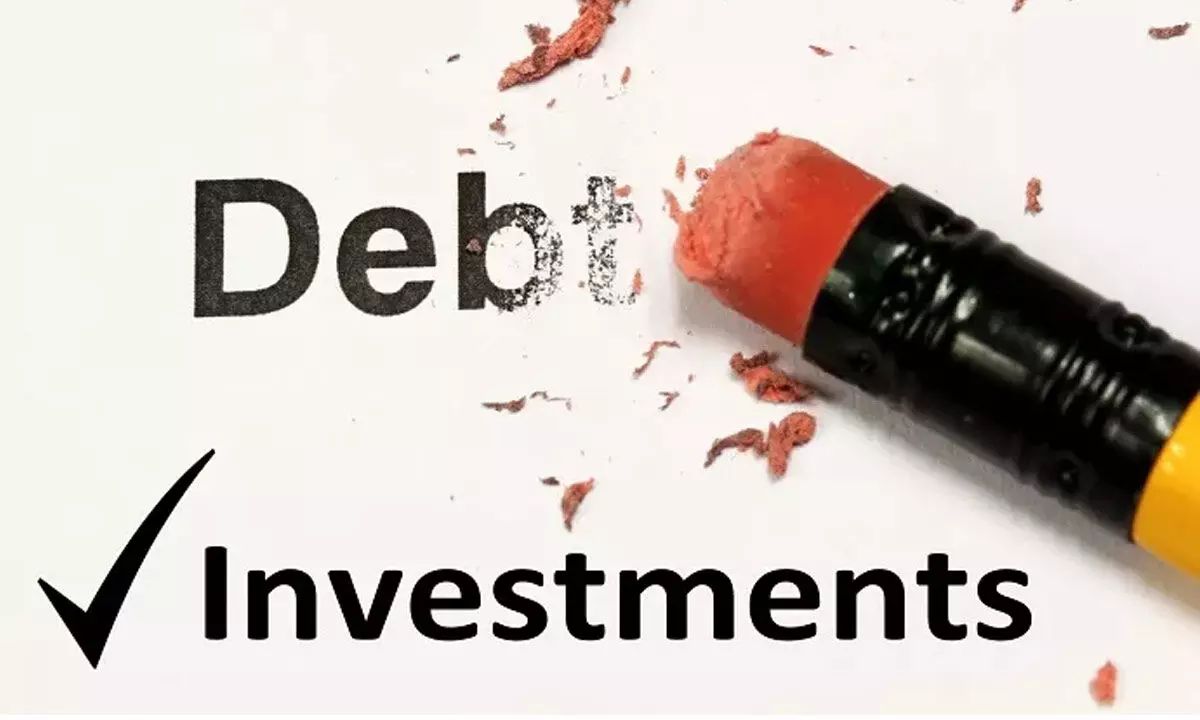The evolving dynamics of debt funds
The idea of debt investments or fixed income has undergone a sea change with induced volatility
image for illustrative purpose

Earlier, it was easy to make choices on investments, if one's risk profile is limited opt for a debt investment while a higher risk appetite to explore equity investments. But the recent asset volatility due to multiple reasons including higher inflation, currency fluctuations andthe ongoing war have added further dynamics. The idea of debt investments or fixed income as is popularly known as has also undergone a sea change with induced volatilitydue to the above reasons.
For more than decade of lower interest rates particularly in the advanced economies has suppressed any volatility and the investment options have turned rather seamless. These measures have also rubbed on the emerging markets as well as the cost of capital wasreduced to a minimum. But the sudden turn of events post-pandemic has resulted in firstsupply-demand disruption, the excess money infusion (especially in the advancedeconomies) and later due to the on-going war has resulted in large bouts of increasedprices.
To counter the sudden spike of inflation, the US Fed began to modify the monetary policy bysteeply increasing interest rates. This has resulted in exporting inflation from the earlierdeflationary trend which began to exacerbate the rest of the countries. Most central banksincluding Reserve Bank of India (RBI) had resort to hiking rates not only to just stop inflationfrom running away but also to provide financial stability by controlling the currencydepreciation.
This created a predicament for investors as the equity markets despite relatively showingresilience compared to the world indices have remained flat. And the fixed income spacealso has taken a hit compared to the Covid period i.e., in the last three quarters. The shortterm has retained attraction due to the liquidity withdrawal and interest rate tightening. Though the returns have been limited, capital was pushed into this category. As the effects of rate percolation have a lag effect, the economy has slowly begun to exhibit the adverseimpact of the continued prohibitive rate regime. The tightening continued and the centralbanks persisted their stance of fighting inflation over the growth, it's understood that therates would remain higher for a longer time than initially anticipated.
This also indicated a near-peak interest rate cycle in India (and most of the world) if notactual peak of the cycle. This makes the debt funds begun to appeal due to the favourable higher yields in an inflationary world. Thus, it makes for an opportunist period for exposureto debt funds. The targeted interest rates by the RBI is at 2 per cent over the higher range of band of 4 per cent, the reality however has been persistently higher than these expectations.While the higher forex reserves till couple of months gave a cushion for the central bank tofight the depreciating currency and growing current account deficit, the case is not sameanymore. The twin deficits (fiscal & current account), though the former was spiked during the pandemic, is also adding to the stress of the central bank goals. The credit growth is a big positive after years of subdued pace which also point to longer periods of higher rates ifnot for a higher rate further. The yield curve may plateau in the medium term with further normalisation of the short end of the curve.
Investors who would like to take advantage of this situation could employ floating-rate funds which have an automatic updating of the coupon with the rate changes. This allows investors to gain from increasing rates with this avenue. The other category which couldbenefit from the current situation is the low-duration funds as they too use similar strategyin the short-term which offsets the interest rate hikes during this period.The other strategy to benefit from this scenario is the dynamic bond funds where there is ajudicious mix of instruments which take opportunity from the spreads ie, bonds withratings lower than AAA and the floating funds which could turn advantageous for theinvestors.
(The author is a co-founder of "Wealocity", a wealth management firm and could be reached at [email protected])

